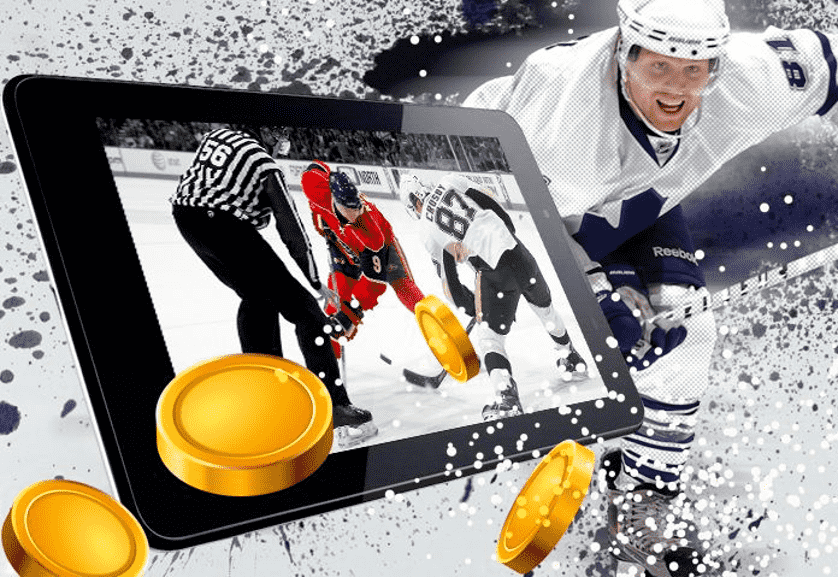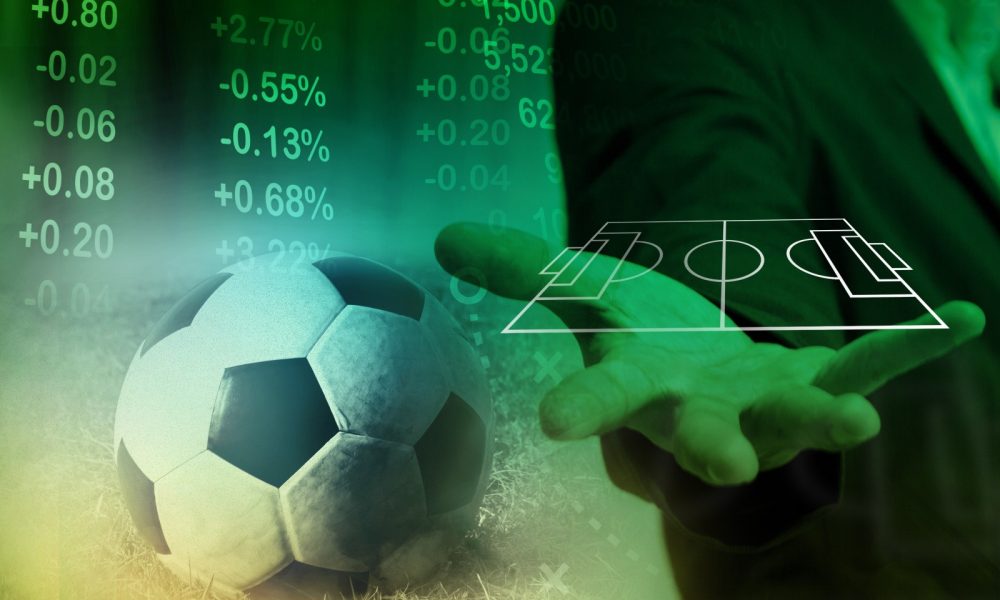Hockey is not just about pucks, goals and cheering fans. Behind every successful shot and every powerful collision is a thorough analysis in which mathematical calculations meet intuition and experience. Ice hockey predictions from professionals open up the possibility of looking at the game in a new way. Even the best analysts cannot guarantee 100 per cent results, because sport is first and foremost unpredictable. But how can this element of chance be reduced and the probability of success increased? The answer lies in a competent approach, thorough analysis and utilising the knowledge of the best experts in the field.
How professional predictions help you win ice hockey bets
The experts’ calculations are based on the use of complex analytical models. Ice hockey predictions by professionals are influenced by many factors, including the team’s form, recent injuries to players, the dynamics of line-up changes and even external indicators such as fan support. For example, analysts take into account data on how the team performs at home and away, how successful the athletes have been in recent games and who exactly they have played with.

One of the most important methods is the use of statistical models. Elo, for example, estimates the strength of a team based on previous results and player characteristics. The experts also include analyses of ice hockey matches, where the odds show which outcome the bookmakers consider most likely. For example, if the odds for a team to win are 1.5, this means a high probability, and the experts take such data into account in their analyses.
What makes professional ice hockey predictions so reliable?
Experienced analysts don’t just use raw numbers. They combine statistics with observations, which makes their decisions much more complete and accurate. One of the key factors, for example, is the condition of the athletes. If the main striker is injured in training, even the leading team can lose strength.
How can the reliability of the predictions be checked? You should look at the history of the expert’s previous analyses: Which part of it was successful, how accurate were the odds and how in-depth was the study. Experts also often use powerful statistical tools to make a calculation based on many years of data. The history of meetings between the teams, the results in various tournaments – all this together gives a picture that allows you to predict the possible outcome of the match.
Let’s find out how ice hockey predictions are made
 First of all, specialists start with a thorough analysis of the team’s composition. Who will be on the ice, what is the physical condition of everyone? Minor injuries can seriously affect the results, and a star player who hasn’t regained his form may turn out to be just a formal unit on the field.
First of all, specialists start with a thorough analysis of the team’s composition. Who will be on the ice, what is the physical condition of everyone? Minor injuries can seriously affect the results, and a star player who hasn’t regained his form may turn out to be just a formal unit on the field.
The next step is to gather statistics. Analysts look at dozens of metrics, from the total number of goals scored by a team to details such as average time of possession and percentage of pucks won. They also evaluate the motivation of the players: if the team has already secured a playoff spot, the mood for the meeting may be less active.
How are hockey predictions made?
Experts do not forget to take into account external factors, such as weather conditions in the case of outdoor matches. Each of these elements is part of the overall mosaic that makes up the forecast. There is no room for chance in this process – all the actions of professionals are aimed at minimising any risks and making the calculation as accurate as possible.
Paid and free forecasts: what is the difference?
A professional forecast is a detailed document that contains analyses and conclusions supported by statistical data and expert opinion. Here is what is usually included in such a forecast:
- Team lineup analysis: who will take the ice, which players may be absent, the status of key players.
- Statistical indicators: recent results of the teams, personal meetings, successes in home and away games.
- Motivation assessment: how important it is for the team to win this particular game. For example, to qualify for the play-offs or to improve their position in the standings.
- Tactical analysis: what strategies the coach uses and how they can affect the game.
- Weather conditions: if the match is played in an open court, temperature, wind and other weather factors are taken into account.
- Bookmakers’ odds: An estimate of the probability of an outcome based on the data provided by the bookmakers, taking into account the margin.
Such a forecast helps to make an informed bet based on objective data, not on guesswork.
Should I trust paid predictions?
Paid versions are a kind of guarantee of access to professional analytics. Some people think that if you pay, you get the exact result, but this is not quite true. Paid hockey predictions from professionals do contain more detailed data, such as access to closed statistics databases and the use of proprietary analytical models, which makes them more valuable for betting. For example, some companies hire entire analytical departments that monitor changes in team lineups around the clock and react quickly to any news.
On the other hand, free hockey predictions can be useful for gaining a general understanding of a team’s current status and assessing chances. Free versions are usually based on data available in the public domain and do not offer the same depth of analysis. The choice depends on your goals. It is worth remembering that the bookmaker always puts out odds taking into account the margin, so it is necessary to carefully weigh all the data before betting.
What criteria make hockey predictions from professionals really worthwhile?
First of all, pay attention to the accuracy of the expert’s previous predictions. If the analyst is regularly wrong in his predictions, most likely, he does not dive deep enough into the analysis. Another important factor is the transparency of methodologies: professional forecasters always explain what their calculations are based on. If they rely on statistics, it is important to know what data they use.
The best hockey prognosticators carefully analyse not only the players themselves, but also the coaches:
- The coach’s current fitness and his experience in similar games. For example, how successfully he has led the team in games against similar opponents in the past.
- The playing strategy chosen by the coach. Coaches use different tactics depending on the state of the team and the opponents. This may include a more aggressive attack or conversely a defensive style of play.
- Ability to motivate the team. Some coaches are able to inspire players, especially at crucial moments in tournaments. The mental attitude of a team has a strong influence on its chances of success.
- Adaptation to game situations. How the coach reacts to changes in the course of the match, whether he can quickly reorganise the team to achieve a result.
The coach’s experience in such matches, his ability to motivate the team and manage the situation plays no less of a role than the physical fitness of the athletes.

Conclusion
 Professional ice hockey predictions are the meticulous work of analysts who combine a scientific approach with sporting intuition. Competent calculation helps to reduce the element of chance and gives the opportunity to make a sensible bet. But remember that ice hockey always carries a certain amount of risk, and even the most accurate analyses offer no guarantees. Use professional predictions to increase your knowledge and minimise risk, but never forget that sport is a bit more than just maths.
Professional ice hockey predictions are the meticulous work of analysts who combine a scientific approach with sporting intuition. Competent calculation helps to reduce the element of chance and gives the opportunity to make a sensible bet. But remember that ice hockey always carries a certain amount of risk, and even the most accurate analyses offer no guarantees. Use professional predictions to increase your knowledge and minimise risk, but never forget that sport is a bit more than just maths.
 en
en  ru
ru  de
de  ar
ar  es
es  nl
nl  hi
hi  fr
fr  it
it  pt
pt  el
el 



